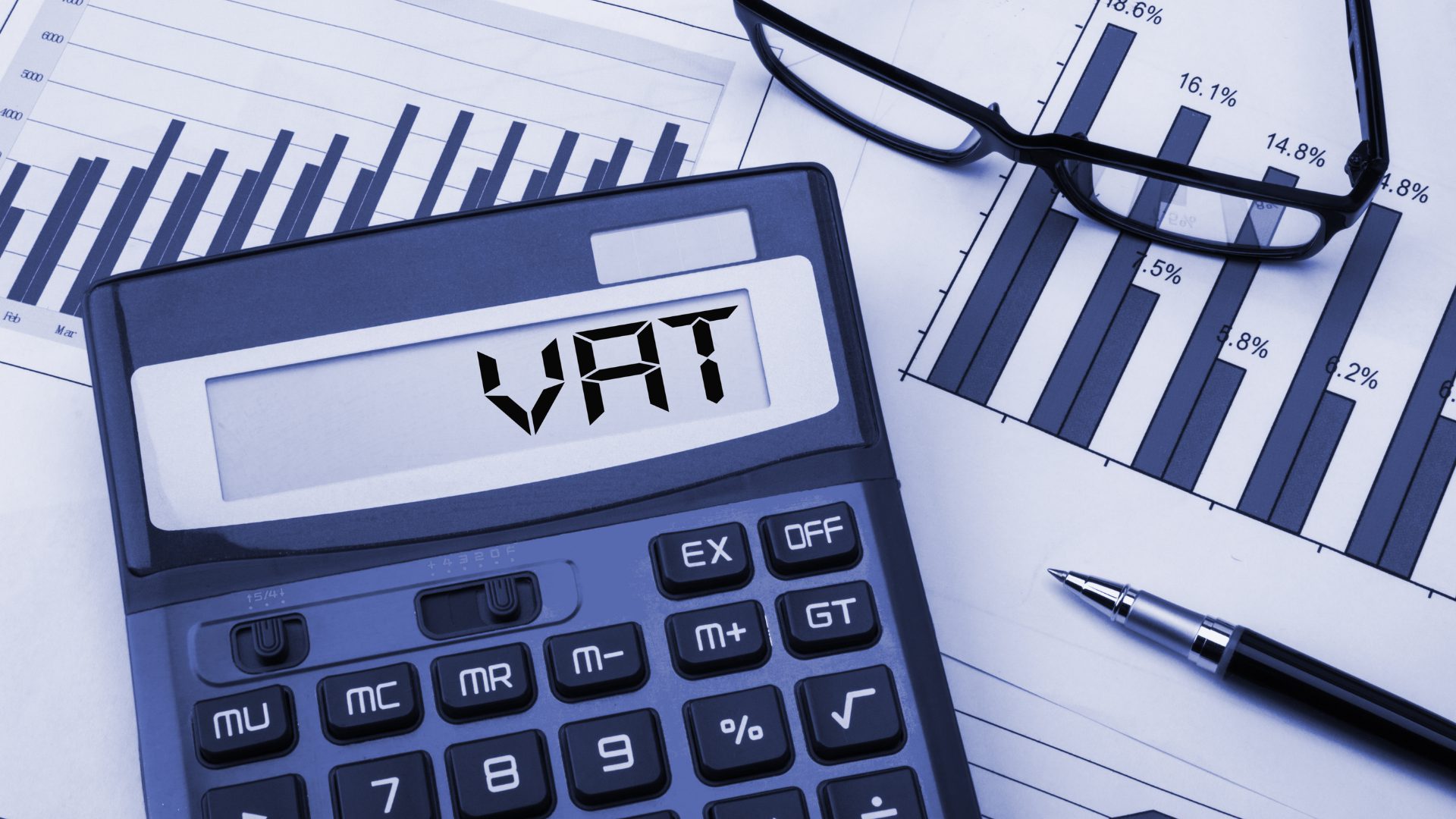Value Added Tax (VAT) is a vital element of financial transactions for businesses operating in the United Kingdom. Understanding how to file a VAT return is essential for companies registered for VAT with HMRC. In this comprehensive guide, we’ll help you understand the complexity of VAT returns, offering valuable insights on how to file them and ensure that businesses can navigate this financial world with confidence.
What is VAT? And why does it matter to you?
VAT is a tax on consumption that is imposed on products and services. You are required to declare VAT when selling your products or service If your company is registered for VAT. You’ll need to pay your clients VAT and pay it back HMRC and then give your clients an invoice or receipt which details the VAT amount included in the transaction. When you buy something, you will receive an invoice with VAT which reveals the VAT amount included in the purchase. It is essential to maintain accurate records to file a VAT claim with HMRC.

The Essentials of VAT Returns
The submission of regular VAT returns to HMRC by businesses that are VAT registered an essential obligation. VAT returns are a form of documentation that summarizes the purchases and sales of a business over the specified time. It’s basically a means for companies to document the amount of VAT they have earned from their customers as well as on the purchases they made. This process occurs typically on a quarterly basis.
How do you file a tax return: A step-by-step guide
1. Learn about your VAT Period Before you begin the filing process it’s important to know your VAT period. In the UK it is common for businesses to prepare quarterly VAT returns. It is important to ensure that you have an knowledge of the beginning and end dates for the VAT period.
2. Gather information on sales and Purchases: Collect pertinent information regarding your sales and purchases within the timeframe of VAT. This includes invoices for sales to customers as well as invoices for purchases made from suppliers.
3. Calculate the output tax: Output taxes are the VAT that you been charging your customers. Calculate your total output tax by incorporating the VAT of each sale made during the VAT timeframe.
4. Calculate the Input Tax. Input tax is equivalent to the VAT you have paid on all purchases. Calculate the amount of input tax by adding the VAT paid on all your purchases during the VAT period.
5. Completing the VAT Return: Complete the HMRC VAT return form with the data you’ve gathered. This form typically includes sections on your total sales, total purchases, output tax, and input tax.
6. The VAT Return must be submitted to HMRC When you’ve completed the form accurately, submit it to HMRC within the deadline. The submission can be done online using the HMRC’s Making Tax Digital (MTD) service, which is a simple and efficient method of meeting your VAT obligations.
Common mistakes to avoid
To be sure you don’t incur penalties, not make your VAT returns late after the deadline. Failure to file on time can lead to financial consequences for your business.
Check for errors in your VAT return to find any errors. Incorrect figures or errors in calculation can cause differences with HMRC.
Failure to Reclaim Input Tax Inadmissible: Businesses are able to claim VAT on eligible purchases. Make sure you know which taxes you can claim back. This could have a major impact on your VAT liability.
Also, you can read our conclusion.
Knowing the VAT landscape is a crucial element of governing financial matters in the UK. Knowing how to file a VAT, understanding the intricacies of VAT returns and having a complete VAT guide is crucial for making sure that your company is in compliance with the law and for smooth operation of your company.
Businesses should tackle VAT returns with care and aplomb. By understanding the process, avoiding common mistakes, and making the most of the resources available, businesses can streamline their VAT requirements, contributing to financial stability and regulatory adherence. If you’re a business owner who is just beginning to learn about VAT or are an experienced one It is essential to stay informed and proactive when preparing your VAT returns. This will help foster a healthy financial climate for your company.